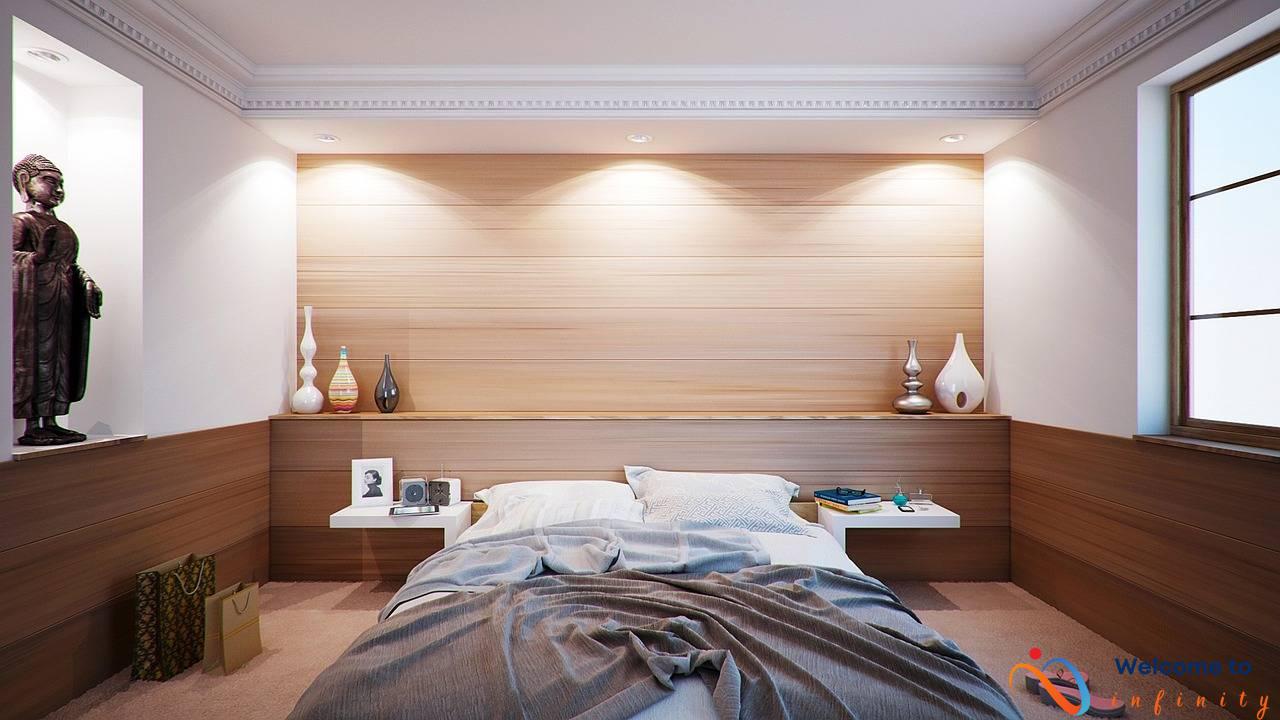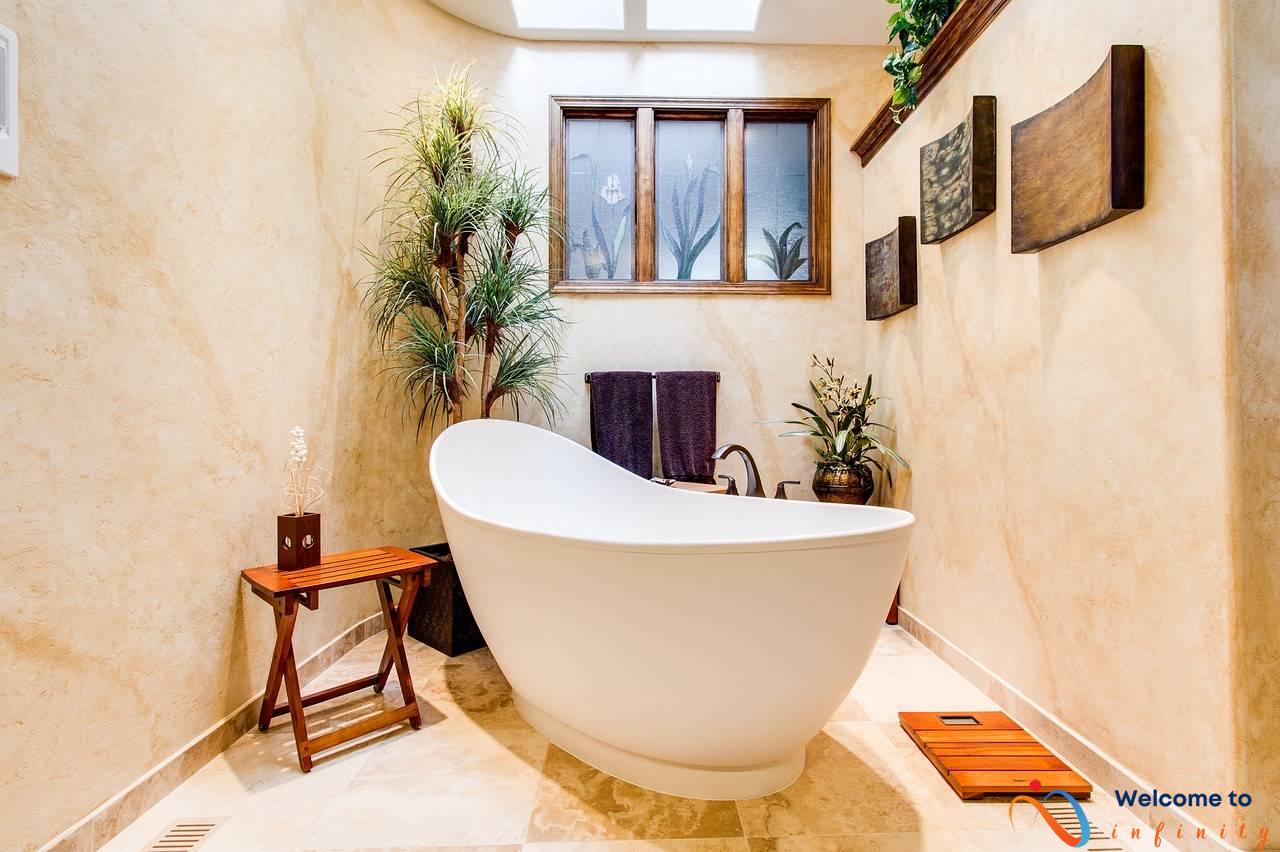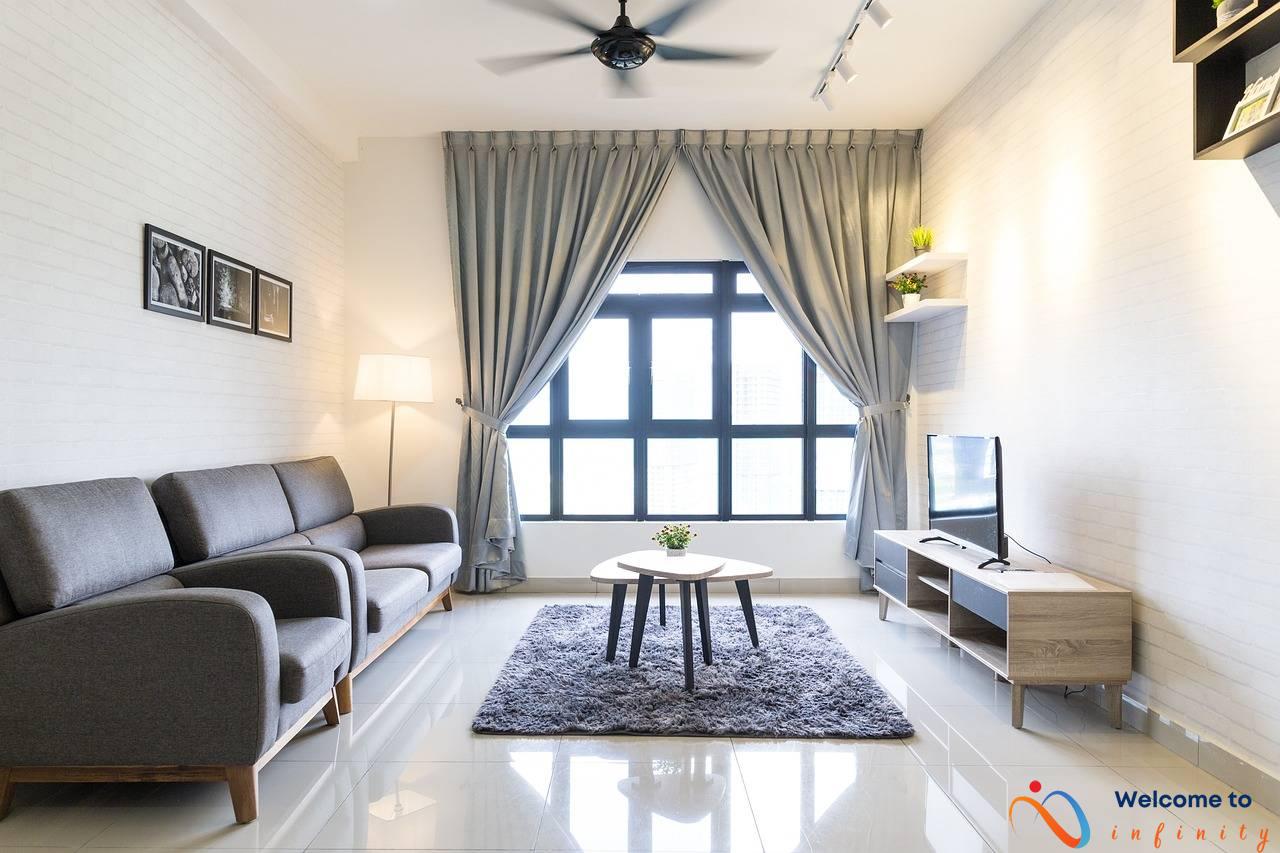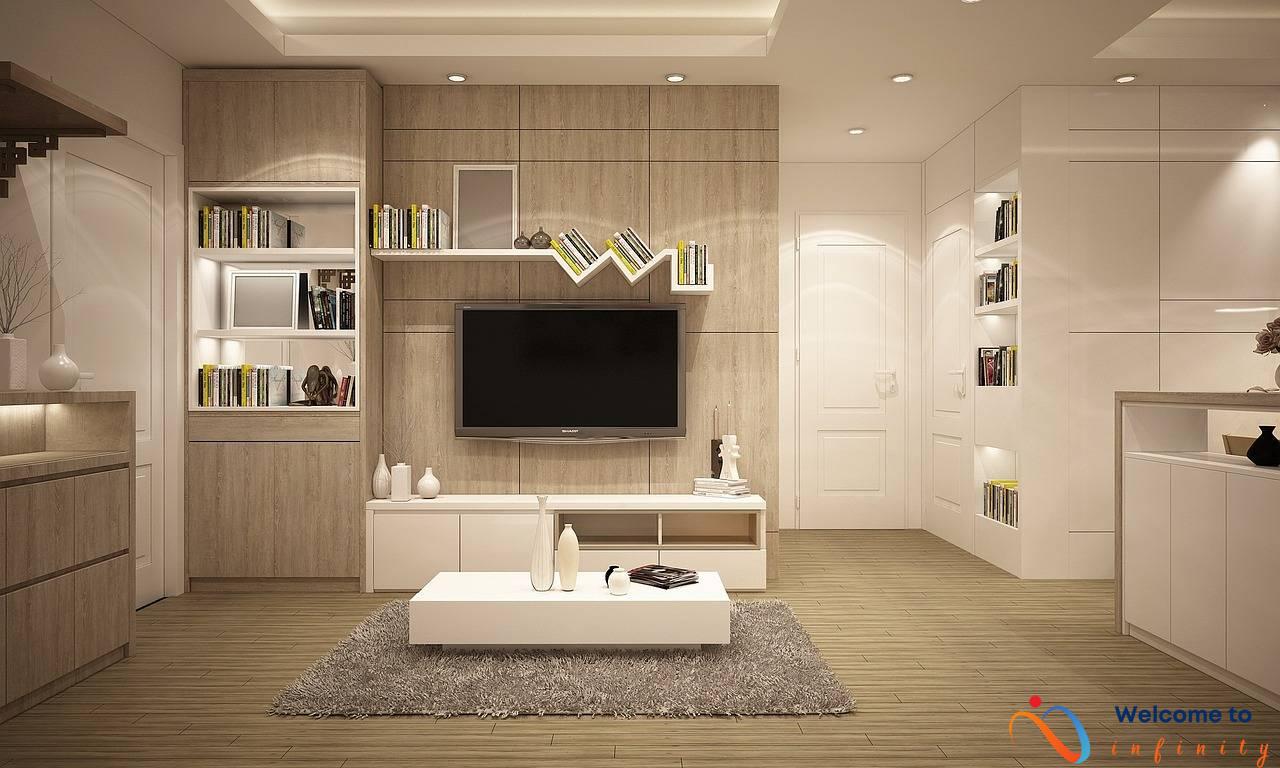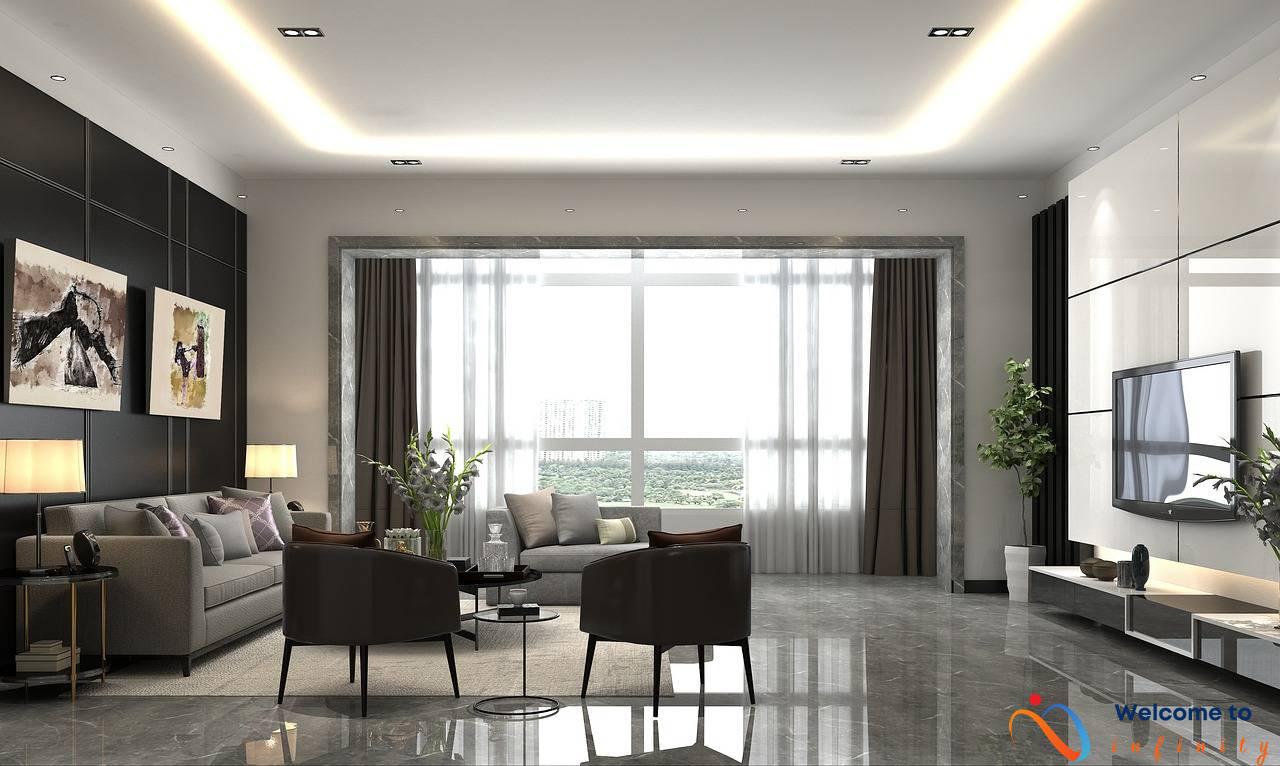Mid-century modern design has been an incredibly influential movement in the world of design, leaving a lasting impact on various fields such as architecture, interior design, and product design. Its evolution and enduring impact can be seen in many aspects of contemporary design today.
Mid-century modern design emerged as a movement in the 1940s and 1950s, with designers like Charles and Ray Eames and Eero Saarinen leading the way. This design aesthetic embraced simplicity, functionality, and clean lines, while also integrating with nature. These elements have become the signature of mid-century modern design and are easily recognizable in iconic architectural designs such as the Farnsworth house and the Kaufmann Desert House.
Mid-century modern interior design is also known for its simplicity and minimalism, with a focus on functionality and comfort. Furniture designs like the Egg Chair and the Tulip Table have become synonymous with the movement and are highly recognizable pieces. Additionally, mid-century modern design has also made its mark in product design with iconic pieces like the Sputnik Chandelier and the Juicy Salif citrus squeezer.
The evolution of mid-century modern design has continued to inspire and influence designers today. Its timeless aesthetic and functional qualities still resonate with designers and consumers alike. Whether in architecture, interior design or product design, the signature elements of mid-century modern design can be seen in many forms of contemporary design around the world.
The Origins
Mid-century modern design emerged as a movement during the 1940s and 1950s, with designers such as Charles and Ray Eames and Eero Saarinen at the forefront. The post-World War II era saw a growth in technological advancements, and mid-century modern design reflected this through its integration of new materials such as fiberglass, plastics, and plywood.
The design movement also placed a strong emphasis on functionality, eschewing the ornamental and decorative elements of previous design eras. This focus on function and simplicity was a departure from the more elaborate designs of the Art Deco and Victorian styles that came before.
Mid-century modern design also embraced the idea of mass production, with designers seeking to create aesthetically pleasing yet affordable items for the post-war middle class. This approach to design opened up new possibilities for mass-produced furniture and household goods, making good design more accessible to a wider audience.
Architecture
Mid-century modern design is characterized by a focus on clean lines, functionality, and integration with nature. These elements can be seen in various examples of mid-century modern architecture, which is renowned for its innovative use of materials and its timeless aesthetic. Architects such as Richard Neutra and Philip Johnson played a significant role in popularizing this movement, but it was the work of designers such as Mies van der Rohe and Walter Gropius that truly captured the essence of mid-century modern architecture.
One of the most iconic examples of mid-century modern architecture is the Farnsworth House, designed by architect Ludwig Mies van der Rohe in 1951. The house is situated on a beautiful stretch of land in Plano, Illinois, and is known for its pared-down design, which blurs the line between indoor and outdoor living. Another famous example is the Kaufmann Desert House, designed by architect Richard Neutra in 1946. This house is located in Palm Springs, California, and is celebrated for its innovative use of glass and steel, as well as its seamless integration with the surrounding desert landscape.
Mid-century modern architecture continues to influence contemporary design, with architects and designers alike drawn to its emphasis on functionality, simplicity, and sustainability. The movement's focus on form and function over ornamentation and excess has also contributed to its enduring popularity, as has its ability to blend seamlessly with a wide variety of environments and settings.
Interior Design
Mid-century modern interior design is characterized by simplicity, minimalism, and functionality. This design style emerged during the 1940s and 1950s as a response to the ornate and elaborate designs of the Victorian and Art Deco eras. The mid-century modern style was a departure from the ornate designs of the past and embraced a more modern and streamlined approach.
One of the hallmarks of mid-century modern interior design is the iconic furniture designs that are still popular today. The Egg Chair, designed by Arne Jacobsen in 1958, is a perfect example of mid-century modern design. The chair's sculptural shape is both functional and aesthetically pleasing, making it a popular choice for contemporary interiors.
Another iconic piece of mid-century modern furniture is the Tulip Table, designed by Eero Saarinen in 1957. This table's simple and minimalist design speaks to the mid-century modern emphasis on functionality. The table's clean lines and sleek shape make it a popular choice for modern interiors.
In addition to furniture, mid-century modern interior design also emphasizes the use of natural materials, such as wood and stone, and the integration of indoor and outdoor spaces. This style often incorporates large windows, skylights, and sliding glass doors to bring in natural light and create a sense of openness.
Overall, mid-century modern interior design has had a significant impact on contemporary design. Its emphasis on simplicity, minimalism, and functionality has stood the test of time, and its iconic furniture designs are still popular today.
Product Design
Mid-century modern design has influenced product design as well, with its distinct aesthetic being incorporated into various household objects. The Sputnik Chandelier, designed by Italian designer Gino Sarfatti in 1954, is an iconic example of mid-century modern lighting design. Its distinctive, futuristic design with multiple arms and bulbs has inspired countless imitations and variations over the years.
The Juicy Salif citrus squeezer, designed by Philippe Starck for Alessi in 1990, is another well-known mid-century modern product design. Its sculptural, abstract form made of polished aluminum stands out as an object of functional art. Its unconventional design has caused controversy over its efficiency, but its iconic status remains undisputed.
Other notable mid-century modern product designs include the Eames Lounge Chair and Ottoman, the Castiglioni Arco Lamp, and the Noguchi Coffee Table. Each of these designs exemplifies the mid-century modern aesthetic of clean lines, simple forms, and functionality.
Influence on Contemporary Design
The influence of mid-century modern design is undeniable, and it continues to inspire contemporary design to this day. One of the most appealing aspects of mid-century modern design is its timeless aesthetic, which combines form and function. It's this focus on functionality that has allowed mid-century modern design to remain relevant even several decades after its emergence.
Designers and consumers alike continue to be drawn to mid-century modern design because of its simplicity and minimalism. These elements allow for a clean and uncluttered design that can be incorporated into a wide range of interiors. Mid-century modern design also features a strong connection with nature, which adds a sense of calm to any space.
The influence of mid-century modern design can be seen in contemporary furniture design, where sleek and minimalist lines have become a staple. Iconic designs such as the Egg Chair and Tulip Table have become symbols of mid-century modern design and remain popular even today.
The functional qualities of mid-century modern design have also been embraced by contemporary designers, who seek to create products that not only look good but also serve a purpose. Iconic mid-century modern products such as the Sputnik Chandelier and Juicy Salif citrus squeezer have become staples in modern homes and workplaces.
In conclusion, mid-century modern design has had a significant impact on contemporary design, and its influence is likely to continue for years to come. With its emphasis on functionality, simplicity, and timeless aesthetic, mid-century modern design remains a go-to source of inspiration for designers looking to create products that are both beautiful and functional.
Conclusion
With its timeless aesthetic, functionality, and simplicity, mid-century modern design has had a lasting impact on contemporary design. From architecture to product design, the philosophy and principles of mid-century modern design continue to be admired and emulated by designers all over the world.
This style's hallmark is its ability to balance form and function, which has resulted in timeless designs that remain relevant to this day. Mid-century modern furniture is still highly sought-after, and it is not uncommon to see modern interpretations of mid-century modern design in contemporary furniture.
The influence of mid-century modern design is also apparent in architecture, with many contemporary architects still incorporating its fundamental principles. The clean lines, functional design, and integration with nature are elements that have stood the test of time in architectural design.
In conclusion, the evolution of mid-century modern design has had a remarkable impact on various design fields, from architecture to product design. This design philosophy's ability to balance form and function, simplicity, and clean lines has made it timeless and relevant to this day. Mid-century modern design has a bright future ahead, and its influence will undoubtedly continue to shape and transform the world of design.

